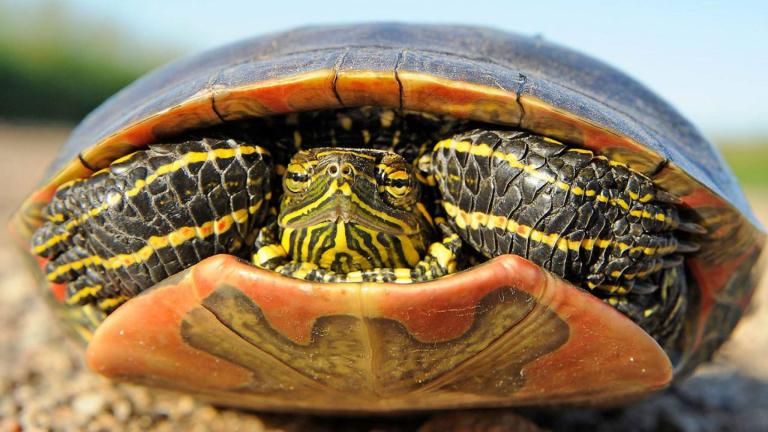Did you know that temperature influences the gender of painted turtles in the egg? If the temperature of egg incubation is around 78 degrees F, then the hatchlings will be male. If it is around 86 degrees F they will be females. For temperatures between 78 and 86 F they could be either.

Wildlife Notes
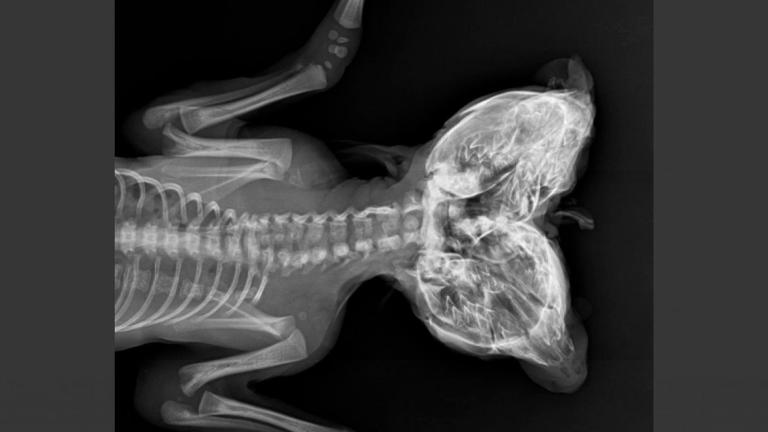
Two-Headed Deer Fetus
Read Full Article: Read about the two-headed deer fetus
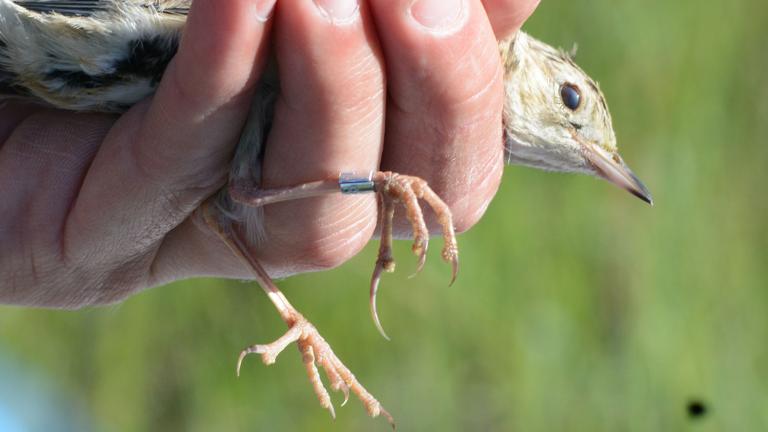
A Look at Bird Legs
Did you know that birds stand on their toes rather than their feet? Learn more in this Wildlife Notes post.
Read Full Article: A Look at Bird Legs
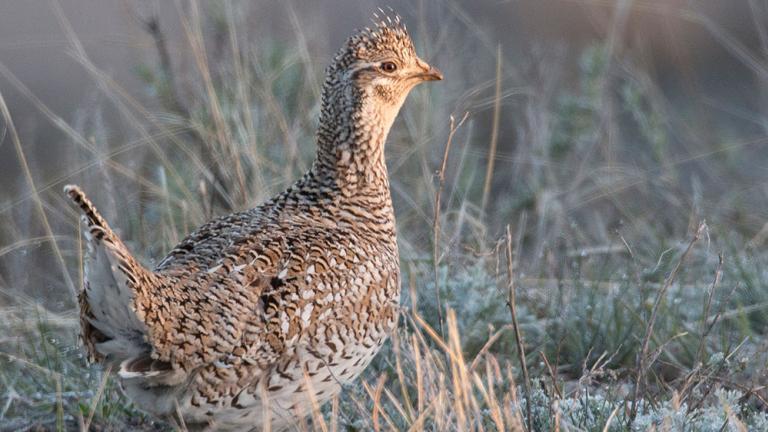
Sharp-Tailed Grouse Lek
Arguably one of North Dakota's more entertaining upland game species is the sharp-tailed grouse. In the spring these grouse can be found on leks (dancing grounds) where males display to attract mates.
Read Full Article: Watch Lek Video
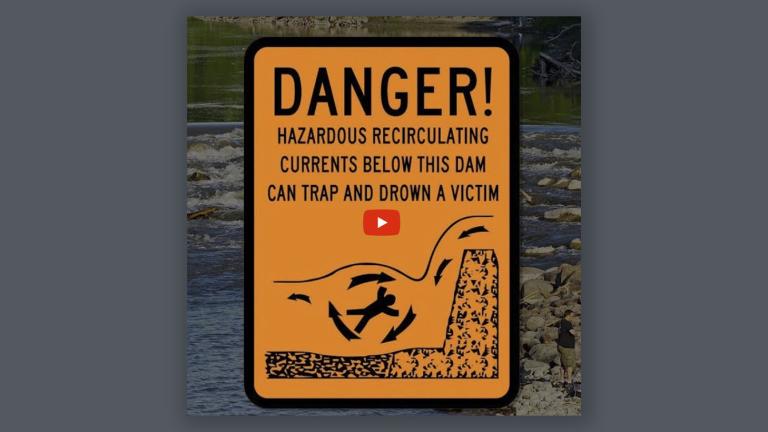
Lowhead Dam Dangers
Lowhead dams can be great locations for fishing, but they can also present real safety hazards. Find out more in this short video from a 2018 North Dakota Outdoors program.
Read Full Article: Lowhead Dam Dangers
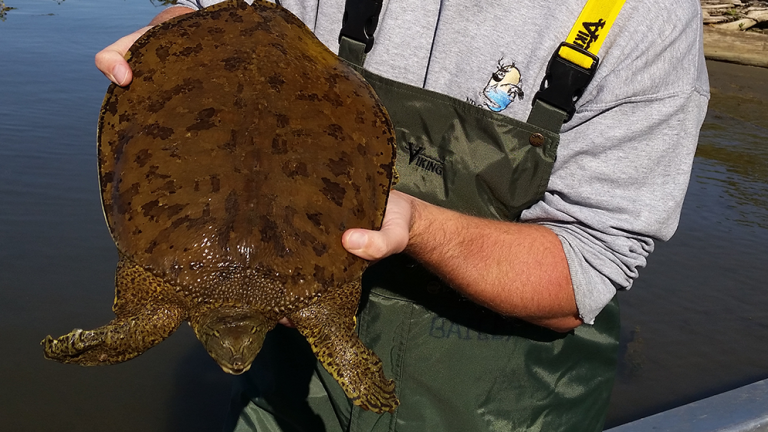
Softshell Turtles in North Dakota
Spiny and smooth softshell turtles can be found in the southern portions of the Missouri River System in North Dakota.
Read Full Article: Softshell Turtles in North Dakota
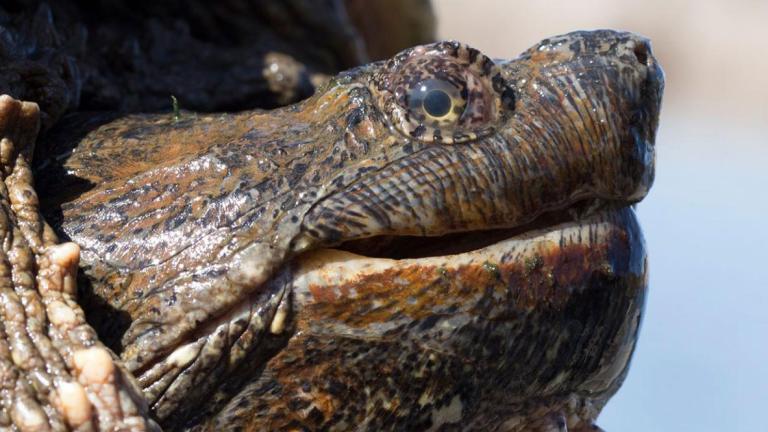
Snapping Turtles
Snapping turtles are common throughout North Dakota. These big turtles can live 40-50 years or more in the wild and can grow to around 65 pounds (though most are in the 10-35 pound range).
Read Full Article: Learn more about snapping turtles

Porcupine Fur
Did you know that porcupines have three types of fur? Learn more in this Wildlife Note post.
Read Full Article: Porcupine Fur
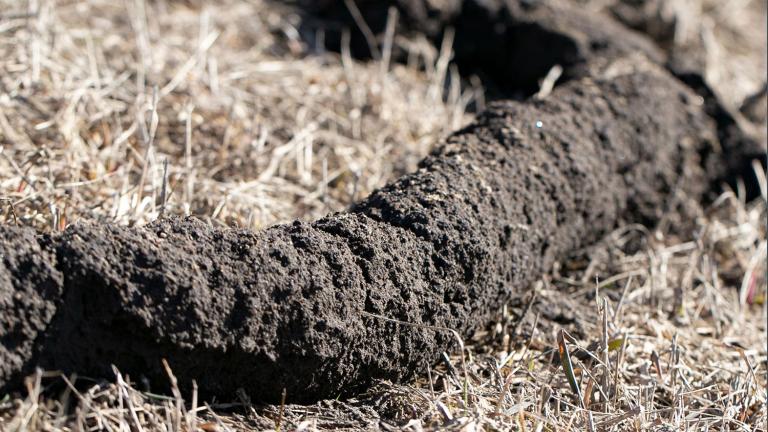
Dirt Tubes
Have you ever been driving down a back road during the spring and seen tubes of dirt meandering along a ditch? These tubes are created by northern pocket gophers.
Read Full Article: Dirt Tubes
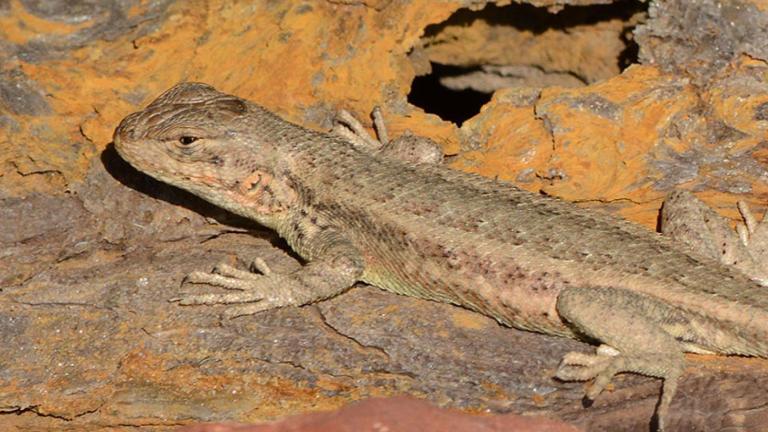
Sagebrush Lizards Escape Mechanism
Did you know that sagebrush lizards (found in the North Dakota badlands) can drop their tail to distract an attacking predator? They escape while the predator goes after their still twitching tail. Later their tail grows back.
Read Full Article: Sagebrush Lizards Escape Mechanism
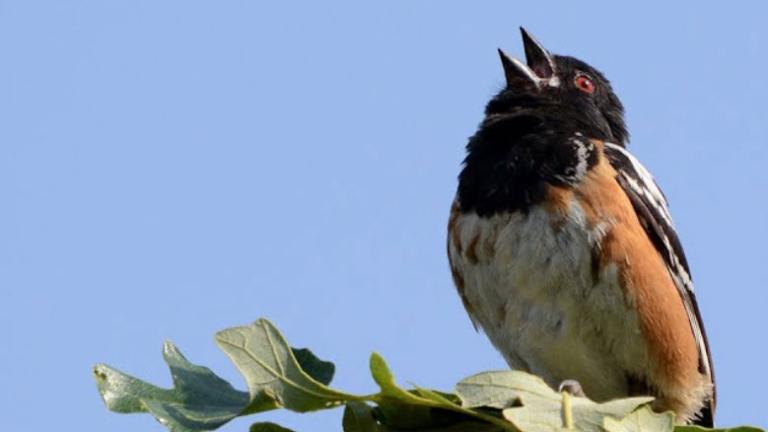
Spring in North Dakota
Sights and sounds of spring advancing across our North Dakota
Read Full Article: Watch ND spring sights and sounds
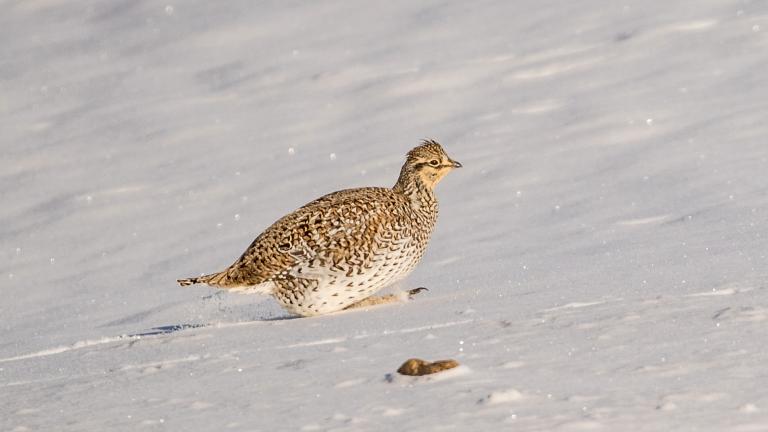
Sharp-Tailed Grouse and Snow Caves
One strategy sharp-tailed grouse use to survive winter is to burrow into the snow. Find out more in this post.
Read Full Article: Sharp-Tailed Grouse and Snow Caves
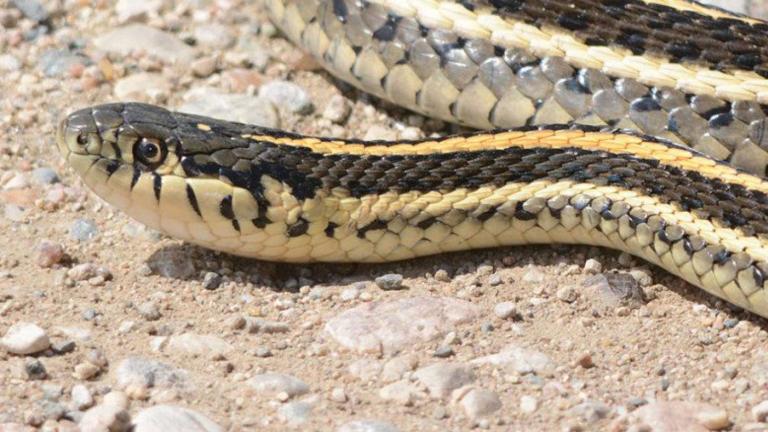
Plains Gartersnake
Plains gartersnakes can be found across North Dakota and can be identified by three stripes, with the middle stripe often being bright orange or yellow.
Read Full Article: Plains Gartersnakes

Molting
All birds molt - shedding their old, weathered feathers with new ones. Some birds molt once per year, others two or three times per year. Sometimes the molt process is simultaneous, such as with waterfowl when they lose all of the primary feathers at once, leaving them flightless for 3-4 weeks. You’ve probably seen them this time of year in a wetland doing a breast-stroke swim to escape to cover.
Read Full Article: Learn more about bird molts

Burrowing Owls
Burrowing owls nest underground. Learn more in this Wildlife Notes post.
Read Full Article: Burrowing Owls
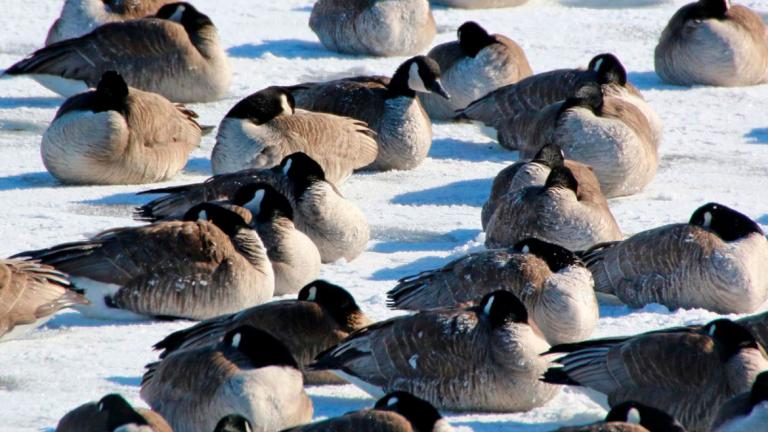
The Sandman Goes Wild
For humans, sleeping involves closing their eyes and drifting away into a state of rest for the mind and body. In the safety and warmth of their home, this is typically accomplished in about eight hours. For teenagers, sometimes it takes much longer.
Read Full Article: Read The Sandman Goes Wild
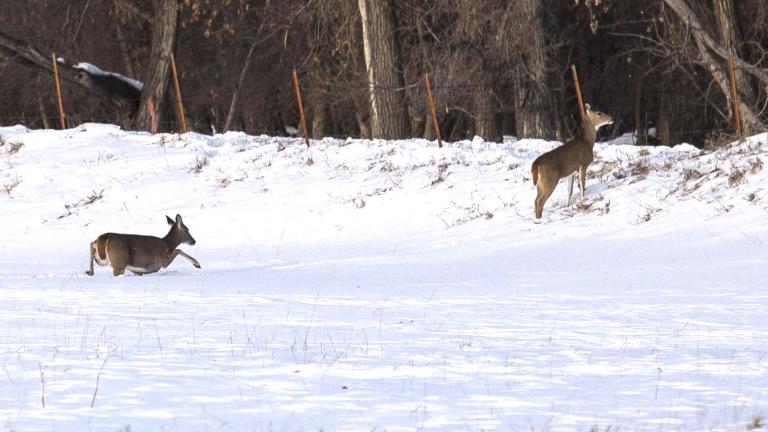
White-Tailed Deer Movements
On the northern Great Plains, seasonal movements of white-tailed deer are highly variable. Find out more in this Wildlife Notes post.
Read Full Article: White-Tailed Deer Movements
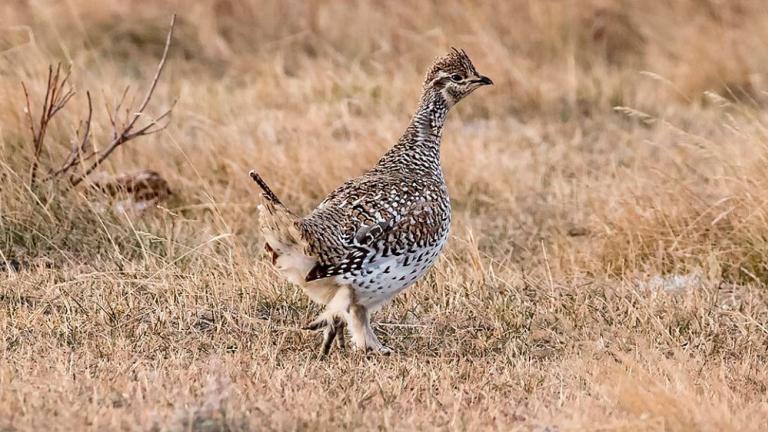
Sharp-tailed Grouse or Fire Bird
To the Lakota, the sharp-tailed grouse was called “Cansiyo” or the “Fire Bird”, because of its need for fire to keep the grasslands open. Learn more about this iconic bird in the Wildlife Notes post.
Read Full Article: Read Sharp-tailed Grouse or Fire Bird
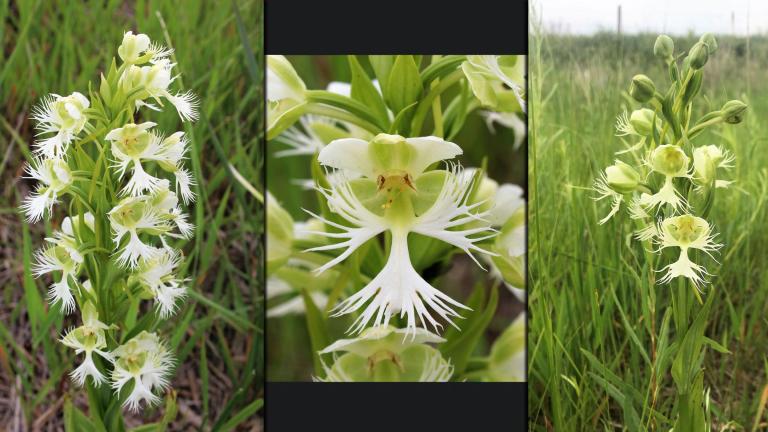
Western Prairie Fringed Orchid
The western prairie fringed orchid is North Dakota's only federally listed plant under the Endangered Species Act.
Read Full Article: Western Prairie Fringed Orchid

Mountain Lion vs. Canine Tracks
How do you tell the difference between mountain lion and coyote tracks? Watch this short video for some tips.
Read Full Article: Mountain Lion vs. Canine Tracks
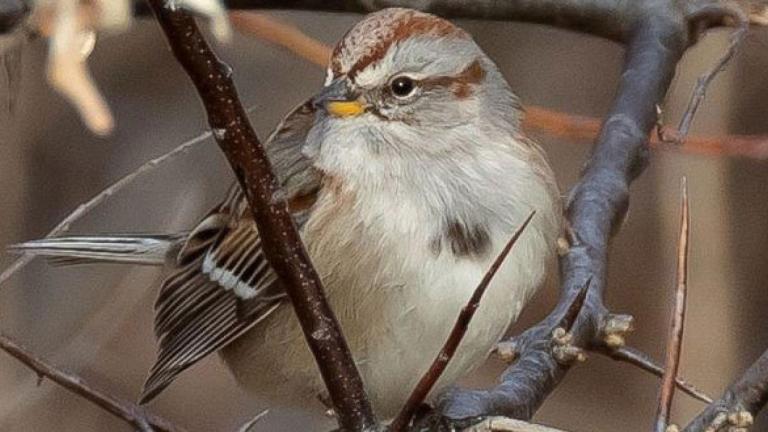
American Tree Sparrows
In the summer, American tree sparrows can be found nesting (on or near the ground, not in trees as their name might imply) in the far northern regions of Canada and in Alaska.
Read Full Article: Learn more about tree sparrows
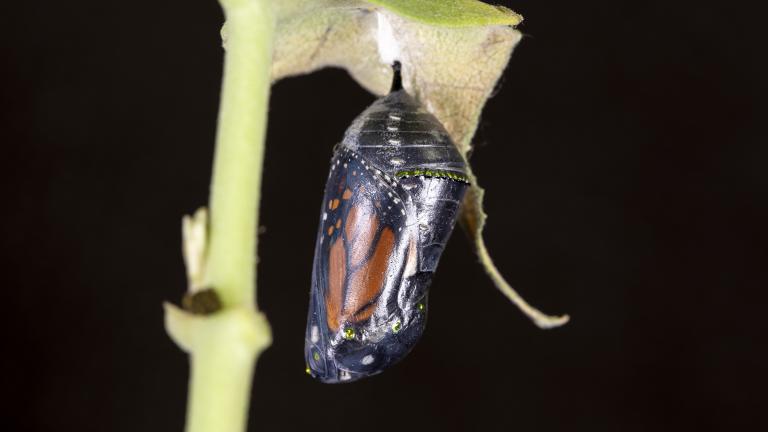
Monarch Butterfly Emerging from Chrysalis
Getting to watch an adult monarch butterfly emerge from its chrysalis is something most of us never get the opportunity to do, so we thought we’d share these photos.
Read Full Article: Monarch emergence photos
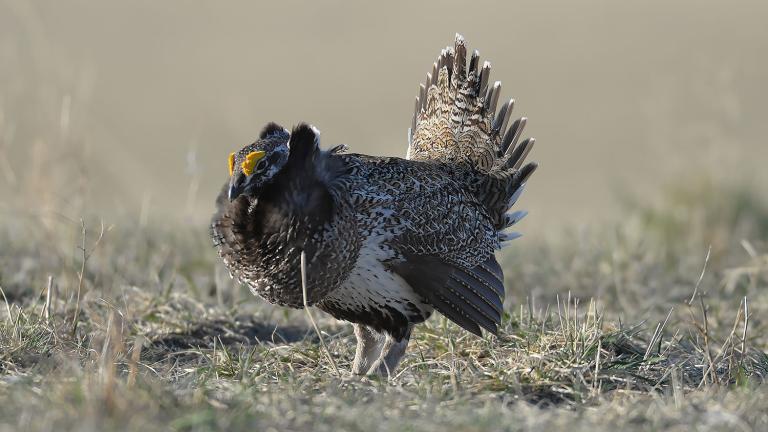
Hybrid Sage Grouse/Sharp-tailed Grouse
While rare hybrids in North Dakota sage grouse and sharp-tailed grouse occasionally occur. Learn more in this video depicting sage, sharptail and hybrid grouse.
Read Full Article: Hybrid Sage Grouse/Sharp-tailed Grouse

